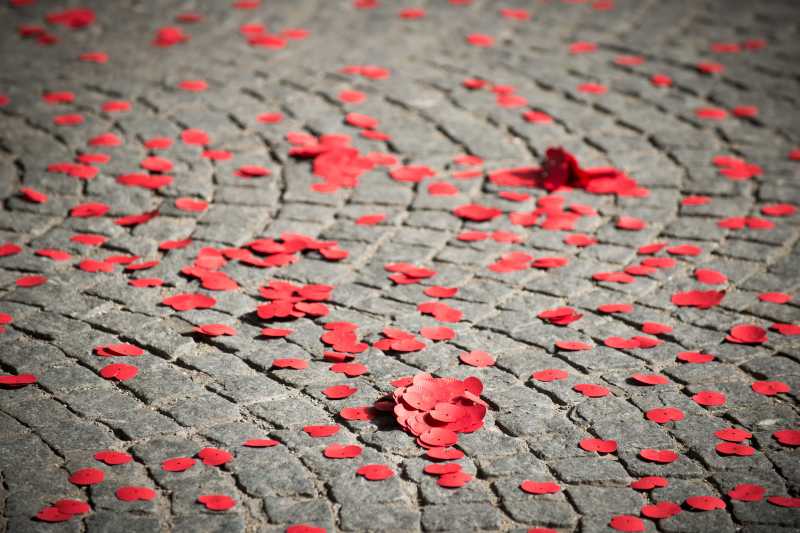World leaders are gathering in Belgium for one of a number of ceremonies marking 100 years since Britain joined World War One. The Duke and Duchess of Cambridge will be at the Liege event, as the Prince of Wales and PM attend a Glasgow service.
 UK buildings from Downing Street to the Blackpool Tower will turn lights off from 22:00 BST to mark the centenary. The public can join the switch-off ending at 23:00 – the time Britain declared war on Germany in 1914, BBC reported.
UK buildings from Downing Street to the Blackpool Tower will turn lights off from 22:00 BST to mark the centenary. The public can join the switch-off ending at 23:00 – the time Britain declared war on Germany in 1914, BBC reported.
Prime Minister David Cameron said: “A hundred years ago today Britain entered the First World War and we are marking that centenary to honour those who served, to remember those who died, and to ensure that the lessons learnt live with us forever.
“It is right to remember the extraordinary sacrifice of a generation and we are all indebted to them because their most enduring legacy is our liberty.”
It was at 23:00 on 4 August 1914 that Britain entered into one of the costliest conflicts in history, and the fighting continued until 11 November 1918.
At Glasgow Cathedral, the sometimes-overlooked contribution of former British colonies – now Commonwealth nations – will be remembered.
In Belgium, where the invasion by Germany is etched in the collective memory, the emphasis will be on reconciliation. And at Westminster Abbey, in the evening, the last moments of peace before the British Empire entered the war will be reflected upon during a candlelit vigil.
As well as Prince Charles and Mr Cameron, 1,400 guests including military officials and senior politicians are expected at the national service of commemoration taking place at Glasgow Cathedral at 10:00 BST.
Prince Harry will be in Folkestone, Kent, where a parade will mark the route millions of soldiers took as they marched to the harbour to embark on their journey to France. He will unveil a memorial arch in their memory and lay a wreath.
A remembrance service taking place in Liege, Belgium, will be attended by world leaders and the Duke and Duchess of Cambridge.
And in the evening the duke and duchess will move on to the St Symphorien Military Cemetery in Mons.
The cemetery is of particular significance as an equal number of both German and British soldiers are buried there. Among them lies Private John Parr, who was the first British soldier killed on the Western Front, and Maurice James Dease who was the first recipient of the Victoria Cross in WW1.
Later, Westminster Abbey will hold a candle-lit vigil service of prayer to coincide with the exact time Britain’s declaration of war was announced.
Between 22:00 and 23:00 BST, the Royal British Legion’s “Lights Out” event will see households, businesses and public buildings across the UK turn out their lights to leave a single candle or light burning.
The event was inspired by the words of wartime Foreign Secretary Sir Edward Grey, who said on the eve of WW1: “The lamps are going out all over Europe; we shall not see them lit again in our life-time.”
Tower Bridge, the Eden Project in Cornwall, the headquarters of the Football Association and the Imperial War Museums in London and Salford are among the other buildings taking part in the event.
Elsewhere, 888,246 ceramic poppies are being placed in the dry moat at the Tower of London, one for each soldier who died fighting for Britain and its colonies in WW1.
The installation by artist Paul Cummins is entitled Blood Swept Lands and Seas of Red and will be unveiled on Tuesday.
On Sunday, the French and German presidents commemorated the 100th anniversary of Germany’s declaration of war on France on 3 August 1914.
UK gears up to mark WW1
—